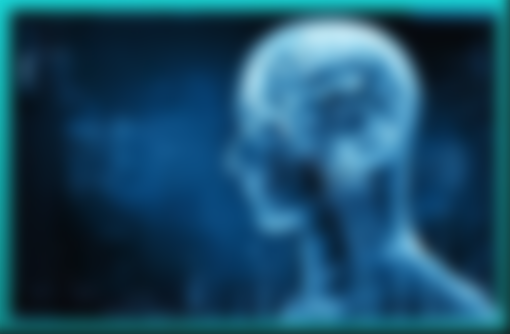perception and Thought
0
16
A common sense of security accompanies the spontaneous causal association between our ideas and the reality to which they refer.
However, time and time again in our lives we change our minds, or our opinion, about something or someone, because we gain some new knowledge about it, or consider some aspect that we had not considered in the beginning.
There are people who are more or less flexible, more or less "permeable" to experience, and this is a very important quality to broaden our field of consciousness. Flexibility is one of the aspects of intelligence, understood as the ability to adapt. In human relations we speak of Emotional Intelligence.

The truth is that Reality is "stubborn", while our perception of it is not so, and it can be changed, becoming aware of what made us build it, and considering new elements associated with it.
Reality (A) does not directly cause our Thoughts (D), it is only the occasion for them to occur. Reality is "captured" by our Consciousness (B) at a given moment in our lives, and this determines our Perception (C), which supposes an interpretation of A. Our Perception causes our Thought:
C > D
Our ideas, opinions, beliefs (d), are the product of the phenomenological interpretation (c) that we make of the stimuli (a):
c > d
In the example I started in my previous section, the western citizen would easily classify the stimulus as a (supersonic) airplane, while the tribal inhabitant would most likely perceive a huge and unknown bird.
Look carefully, as long as you want, at this image:

Any anomaly observed? all right?
At the sight of the Concorde, the first observer would perhaps feel curiosity and aesthetic pleasure, seeing this marvel of human technology fly; the second would feel, surely, fear, before a bird so big and that produces so much noise.

There is no doubt that E is caused by D in the vast majority of cases… (except for endogenous disorders):
D > E
If you ask a person who feels bad, what is happening to him (with the permission of some radical behaviorist that is still out there), he will answer you with an event that has happened or is happening to him. The way in which this fact is assimilated by the person, and the thoughts associated with it, will explain why he feels the way he does. All exogenous alterations of affectivity make sense, they are associated with conscious or unconscious ideas:
d > e
What to say about a board of 5x5 squares, black and white, with a green cylinder in one of the corners? Well, maybe mention that there would be 12 black squares and 13 white

Well, you may have thought that this has a trick…, hehe, but it's hard to imagine what… Everything seems correct. Well, look, there is no trick, despite which (if you don't know this image, of course) I am going to tell you something that will surprise you, because it will differ from what you have perceived and thought about the image:
The 6 boxes that I have marked with a red dot are exactly the same color..., specifically the color of the 2 that, apparently, are lighter. If you carefully cover the entire image, except for two squares, of those marked in red, that are at the jump of a horse (chess), you will see what I say... (I took the trouble, of course).
How is this spectacular effect possible? Starting from our experience with checkered floors, or with chessboards, and taking into account that we interpret the image, both the board and the cylinder, three-dimensionally (effect reinforced by the shadow of the cylinder), our brain fills in what is not there, removes what "is left over", or smooths out differences in favor of "good form" (which is based on our experience). It is as if those 6 boxes, which do not adhere to "perceptual discipline", were ignored in order to conceive a "coherent" image.



